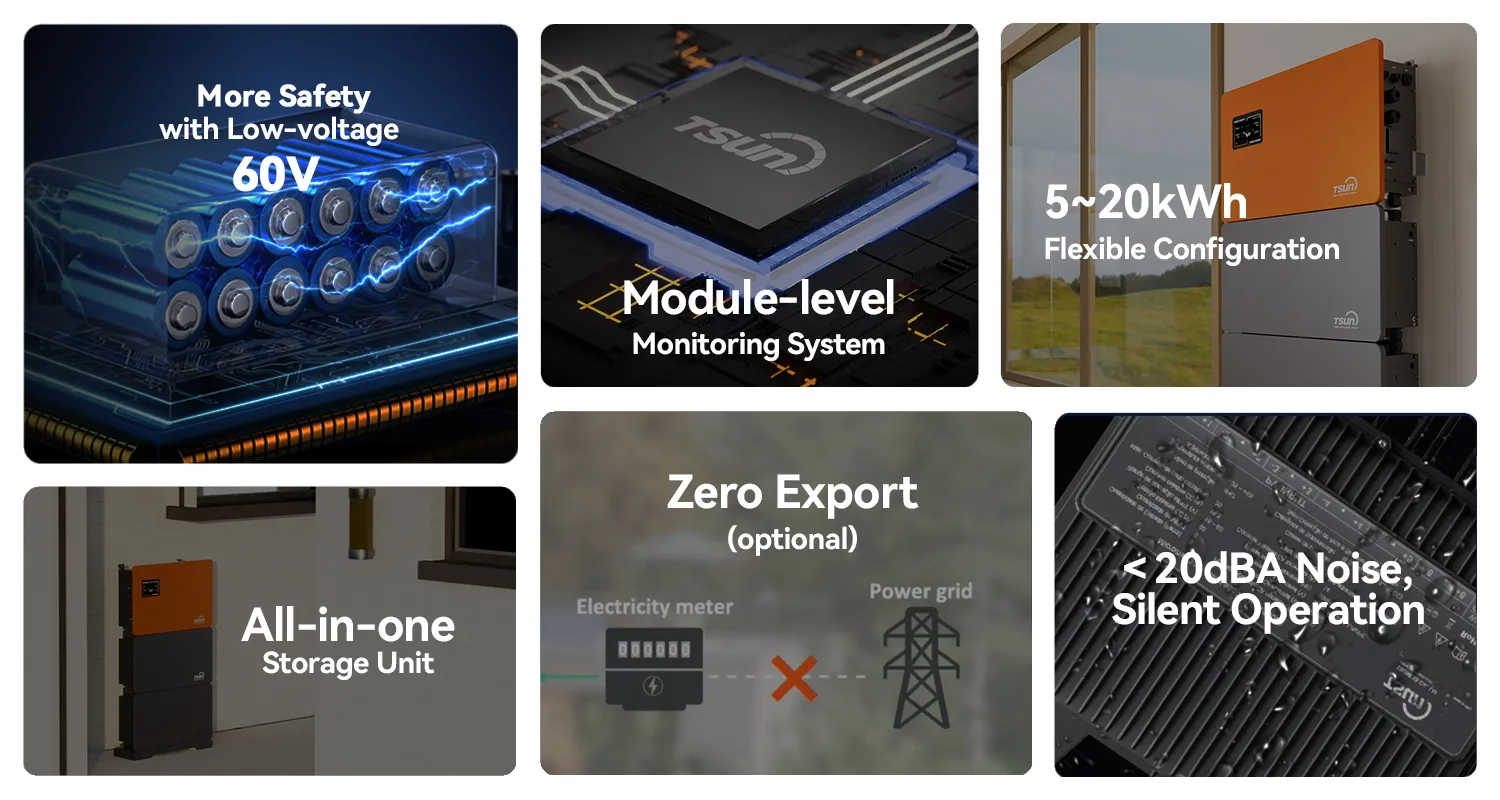Navigating the future of renewable energy is increasingly prioritized in today’s environmental and technological landscape. As the world steadily shifts towards sustainable practices, solar energy storage systems are becoming indispensable in harnessing and optimizing renewable energy sources. Considered as a pillar of modern green technology, these systems do not merely generate power; they store it for periods when sunlight is insufficient, hence ensuring a continuous energy supply.

A solar energy storage system diagram is an essential part of understanding how these systems operate, showcasing the interconnected components that create an efficient, sustainable power source. Broadly, these diagrams illustrate the flow of energy from its initial generation in solar panels to its eventual storage in batteries and usage in households or industries.
Solar panels, also known as photovoltaic (PV) panels, are the first critical component marked within the diagram. These panels capture sunlight and convert it into direct current (DC) electricity. The efficiency and capability of solar panels significantly dictate the amount of energy harnessed and stored.

The next stage highlighted in the storage diagram is the inverter. The inverter’s role is crucial as it converts the DC electricity produced by solar panels into alternating current (AC) electricity. This transformation is vital because AC electricity is the standard used by household appliances and the grid. High-quality inverters ensure maximum energy conversion efficiency, enhancing the system’s overall effectiveness.
A pivotal component in the solar energy storage system depicted in the diagram is the battery storage unit. These units capture and store excess energy generated during peak sunlight hours. Various types of batteries can be used, including lithium-ion, lead-acid, and flow batteries, each differing in lifespan, cost, and storage capacity. The choice of battery impacts the system’s efficiency, capacity, and cost-effectiveness.
solar energy storage system diagram
Smart energy management systems are increasingly featured in modern storage diagrams. These systems optimize when and how stored energy is utilized, based on consumption patterns and electricity prices. By intelligently managing the flow of electricity, they enhance economic efficiency and energy sustainability.
The connection to the grid is another critical element often shown in the diagram. Grid integration allows excess solar power to be sent back to the grid during periods of high production and to draw power when the storage is insufficient. This bidirectional flow of energy is vital for balancing supply and demand, offering cost savings on energy bills through net metering.
Lastly, real-time monitoring systems may also be depicted in a comprehensive solar energy storage diagram. These systems provide users with detailed insights into energy production and consumption patterns. By tracking usage in real-time, households and businesses can make informed decisions to further optimize their energy utilization, contributing to both economic and environmental benefits.
Understanding a solar energy storage system diagram empowers consumers and industry professionals alike to make informed decisions about their energy solutions, maximizing efficiency and minimizing costs. By leveraging cutting-edge technology and sustainable practices, these systems not only reduce carbon footprints but also pave the way for a cleaner, greener future.
 LEARN DETAILS
LEARN DETAILS



